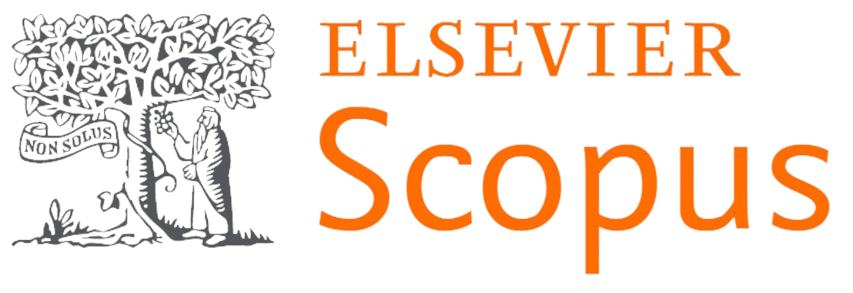FORMULATION, OPTIMIZATION AND EVALUATION OF QUERCETIN PHYTOSOMAL CONTAINING HYDROGEL FOR PSORIASIS
DOI:
https://doi.org/10.70135/seejph.vi.5542Abstract
Psoriasis is an inflammatory disease that causes painful, scaly, itchy skin as well as deformities. Numerous studies have been conducted on natural products with anti-psoriatic properties due to the lack of a potential remedy and related drawbacks in allopathic medications. One of the most common polyphenolic flavonoids in fruits and vegetables is quercetin (QT), which has a number of biological and health-promoting effects in a range of conditions. In order to formulate, optimise, and assess quercetin phytosomal gel's anti-psoriasis activity, quercetin-loaded phytosomes were made using the thin-film hydration method. Factorial design (32) was used to optimise the formulations using Design-expert® software (Version 7.0.0, Stat-Ease Inc., Minneapolis, USA). Particle size determination (Y1) and entrapment efficiency (Y2) were the reactions to two distinct independent variables: the amount of soy lecithin (X1) and cholesterol (X2). A 1.5% quercetin phytosomal gel was made using the optimised formulation of quercetin phytosomes and tested for drug content, pH, spreadability, and viscosity using a Carbapol 934 gel base. The maximum EE percentage of the synthesised quercetin phytosomes was 78.54%, the particle size was 57.4 nm, and the spreadability value was 11.6 cm. A good content uniformity of 82.2±1.43% was obtained in the produced phytosomal gel. It was discovered that the viscosity was 2108 cps. For the phytosomal gel, the cumulative percentage of drug release was 92.11±7.32%. Compared to standard drug amphotericin-B, the results suggested that phytosomal hydrogel might be a useful transdermal delivery system for quercetin in the treatment of psoriasis.
Downloads
Published
How to Cite
Issue
Section
License
Copyright (c) 2025 Jyoti Pandey, D. Vinay Kumar, Karri Srinivasa Reddy, Parul Bisht, Sailesh Narayan, Yadvendra Dutt Shukla , Sunil Kumar, Boi Basanta Kumar Reddy

This work is licensed under a Creative Commons Attribution-NoDerivatives 4.0 International License.

